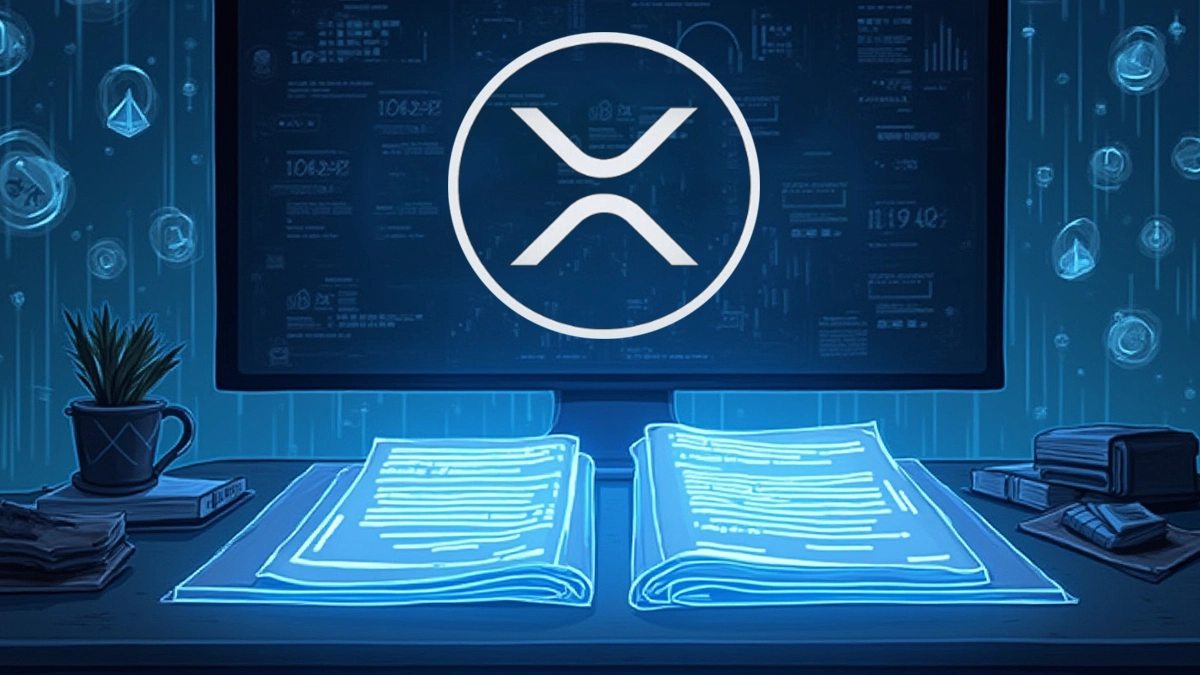- Over the past decade, Ethereum has delivered billions of transactions with zero downtimes.
- The platform protects more than 230 billion dollars including Layer 1 and Layer 2, driving the DeFi, NFT, and DAOs industries.
- Users and developers are enabled by the open and permissionless approach to Ethereum, thereby further spurring growth and adoption.
Ethereum marked the 10th anniversary with a live stream, during which co-founder Vitalik Buterin discussed the history of the platform and its future evolution. During his speech at the event, Buterin emphasized that Ethereum must remain an ongoing service to support the maintenance of digital autonomy and develop innovations among communities around the world.
Over the past decade, Ethereum grew into a decentralization platform for apps but never being offline remains the foremost objective. Buterin mentioned that the original concept was to provide a permissionless environment where developers from across the globe could build freely.
That vision, he claimed, continues to guide Ethereum’s architecture even today. Over the period of these years, the network processed billions of transactions and dealt with huge technical advancements—without experiencing any second of downtime.
Ethereum’s Development Achievements Span 16 Major Upgrades
Since its operation in 2015, Ethereum has adopted 16 leading upgrades to enhance the platform performance, security, and scalability. Such renovations have occurred without network suspension at any time. Buterin hammered on this further, citing that under radical architectural differences, Ethereum would still be able to operate.
Initially, Ethereum handled about 9,200 transactions per day. The same number appears now after every nine minutes. The transformation is an indication of the expansion and upgrades to suit increased user traffic. Ethereum has never ceased to operate in the past ten years either during pressures or during critical upgrades. It is important to mention that this development was backed by the Ethereum Foundation and did not undermine the fundamentals of the site.
The system continued to be transparent, programmable, and open, and users could communicate without a centralized control. Through this, Ethereum introduced room to explore new forms of online interaction and value exchange to users and developers.
Ethereum’s Role in Powering Decentralized Finance and Web3 Innovation
Buterin noted that Ethereum was built to allow programmable money and decentralized applications from the start. This allowed the formation of entirely new industries in the future. Decentralized Finance (DeFi), NFTs, and DAOs are all derivatives of this infrastructure. Ethereum’s way of creating self-executing smart contracts allowed blockchain applications beyond digital currency.
He emphasized that Ethereum is now safeguarding more than $230 billion on its Layer 1 and Layer 2 networks. These assets are indicators of Ethereum becoming an increasingly important participant in the domain of financial applications that operate without the involvement of centralized intermediaries. The capability to pass secured transactions, and assure total availability, is an essential aspect of this environment thriving.
Community Usage Remains a Core Driver of Ethereum’s Growth
Community activity continues to shape Ethereum’s growth as the platform remains active because developers and users keep building on it. Applications still run without gatekeepers. Users retain control over their data, and value moves without friction. These characteristics shaped Ethereum into an open internet platform with continued relevance.
Over the past decade, Ethereum facilitated several billion transactions. Despite increasing traffic and complex use cases, the network has not stopped once. That uninterrupted operation supports both financial infrastructure and digital autonomy. Ethereum’s trajectory remains linked to its ability to stay online under all conditions.














